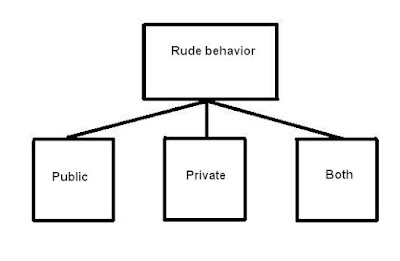However, more specific tables help students to customize this concept, adapting it to particular patterns of development.
Essays are composed according to a number of patterns of development:
- Analysis
- Argumentation
- Causal analysis (cause-effect)
- Classification (usually used with division)
- Comparison (usually used with contrast)
- Contrast (usually used with comparison)
- Definition
- Description
- Division (usually used with classification)
- Evaluation
- Exemplification, or illustration
- Narration
- Persuasion
- Process analysis (“how to”)
- Definition
- Description
- Exposition
- Causal analysis (cause-effect)
- Classification-division
- Comparison-contrast
- Evaluation
- Process analysis (“how to”)
- Narration
- Persuasion and argumentation
Each of these essay templates can be used to generate a thesis sentence that includes a plan of development containing three related points. The beginning of the thesis sentence will be the template’s topic (sometimes, slightly reworded), identified in the template’s left column, and the plan of development will be the three points listed in the template’s other three columns. For example, from the following template, this thesis sentence may be derived:

THESIS: Vampires and zombies are revenants who feed on human beings and are driven by simple motives.Likewise, from the following table, this thesis may be developed:

THESIS: The legends concerning vampires and zombies differ, as do the religions with which they associated and the difficulty with which they are destroyed.
These tables are effective templates, but they have several limitations that the instructor must keep in mind. In some cases, their use implies an understanding of certain terms (e. g., metaphor, simile, personification, image, juxtaposition) that students may not have. In such cases, the instructor will need to define and exemplify the meanings of such terms before the students use the template. In other instances, as when a cause-effect, a comparison-contrast, or a classification-division essay (rather than simply a cause or an effect essay, a comparison or a contrast essay, or a classification or a division essay) is required, one template must be used with another, and some revision as to the employment of the templates may be in order.
For example, suppose a student were required to write a comparison-contrast essay. First, he or she should use the Comparison Essay template to identify the points of similarity between the two persons, places, or things that are to be compared. Then, he or she should use the Contrast Essay template to identify the points of difference between the two persons, places, or things that are to be contrasted. Then, the comparisons and contrasts should be linked in a single thesis sentence. Here is an example:
THESIS: Although vampires and zombies are both revenants who feed on human beings and are driven by simple motives, the legends concerning these monsters differ, as do the religions with which they associated and the difficulty with which they are destroyed.
Another note of caution is in order concerning the use of these tables. Most essays require a thesis that states not only facts but an interpretation of the facts (an opinion concerning them). These templates do not necessarily yield such a thesis. However, an opinion can be added, as is done in the case of the following thesis:
THESIS: Vampires are more complex villains than zombies because, although both monsters are revenants who feed on human beings and are driven by simple motives, the legends concerning vampires are more elaborate than those concerning zombies, as is the religion with which vampires are associated and the difficulty with which vampires are destroyed.
Generic Table for Generating a Thesis Sentence
This generic table helps students to understand that the thesis sentence for a typical high school or freshman college essay contains a plan of development that breaks the essay’s topic into three related points; these points are the bases, in turn, of the topic sentences for the essay’s three body paragraphs.
Once the student has understood this procedure and has practiced it several times using the generic table, he or she should be introduced, as the writing situation warrants each introduction, to the more specific tables that will help him or her to develop material (and theses) that relate to the specific pattern or patterns of development that are best suited to the writing assignment or the writer‘s purpose, whether this assignment or purpose is analysis, argumentation, causal analysis (cause-effect), classification (usually used with division), comparison (usually used with contrast), contrast (usually used with comparison), definition, description, division (usually used with classification), exemplification (illustration), persuasion, or process analysis (“how to”).

To use the generic table, replace “Essay’s Topic” (top rectangle) with the actual topic of the essay that is being written. Then, divide the topic into three related points, listing each point in its own square, in the order in which they will be presented in the essay. By reading down and to the right, in a counterclockwise direction, and adding an appropriate verb and linking words, as necessary, the student can easily develop a thesis sentence that includes a plan of development that contains three related points.
Here is an example:
By adding the verb “can occur,” the preposition “in,” the conjunction “or,” and the phrase “public and private areas of one’s life,” the student will have constructed a thesis sentence that includes a plan of development that contains three related points:
THESIS: Rude behavior can occur in public, in private, or in both public and private areas of one’s life.
Refer to the specific templates that appear in subsequent posts apply this generic technique to particular essay patterns of development written for the student.
Note: Each specific template (table) includes a completed table as a sample and a blank table that can be reproduced for the student’s use.
No comments:
Post a Comment